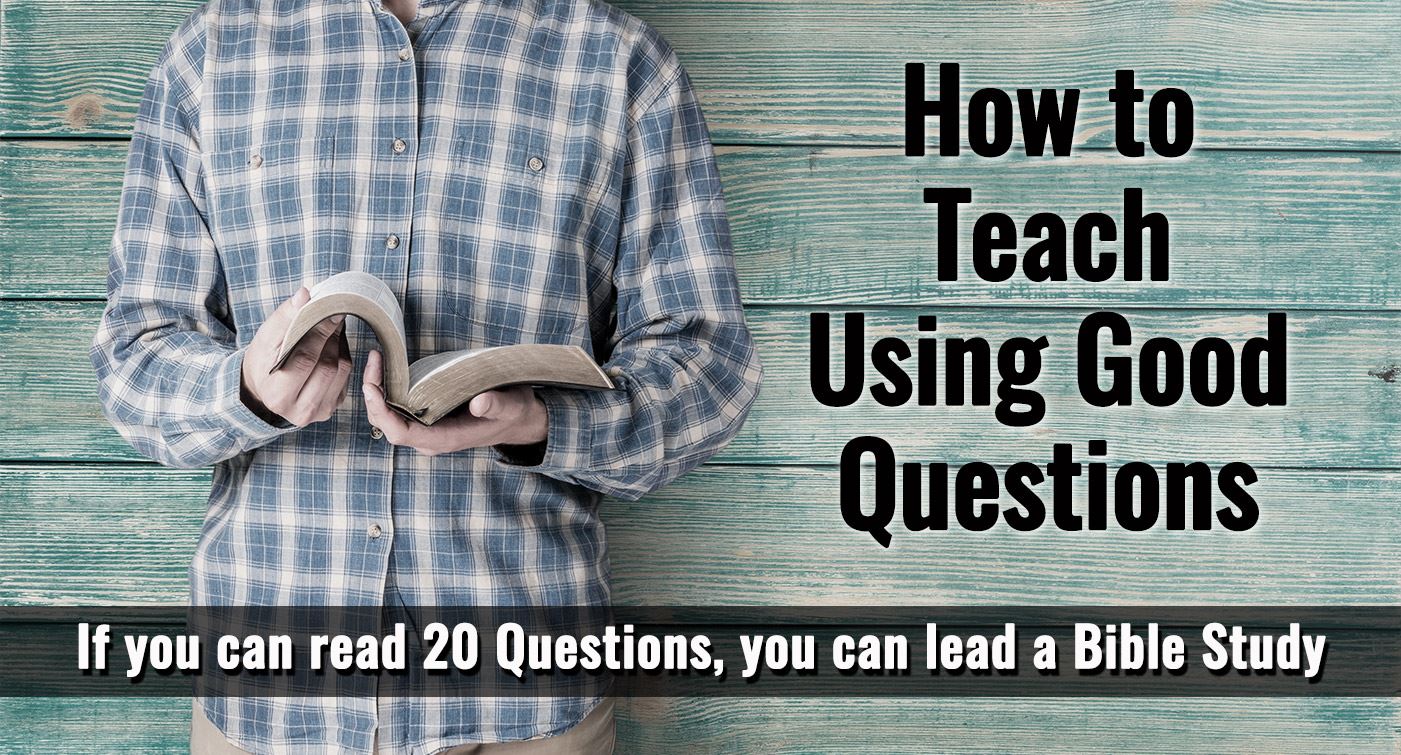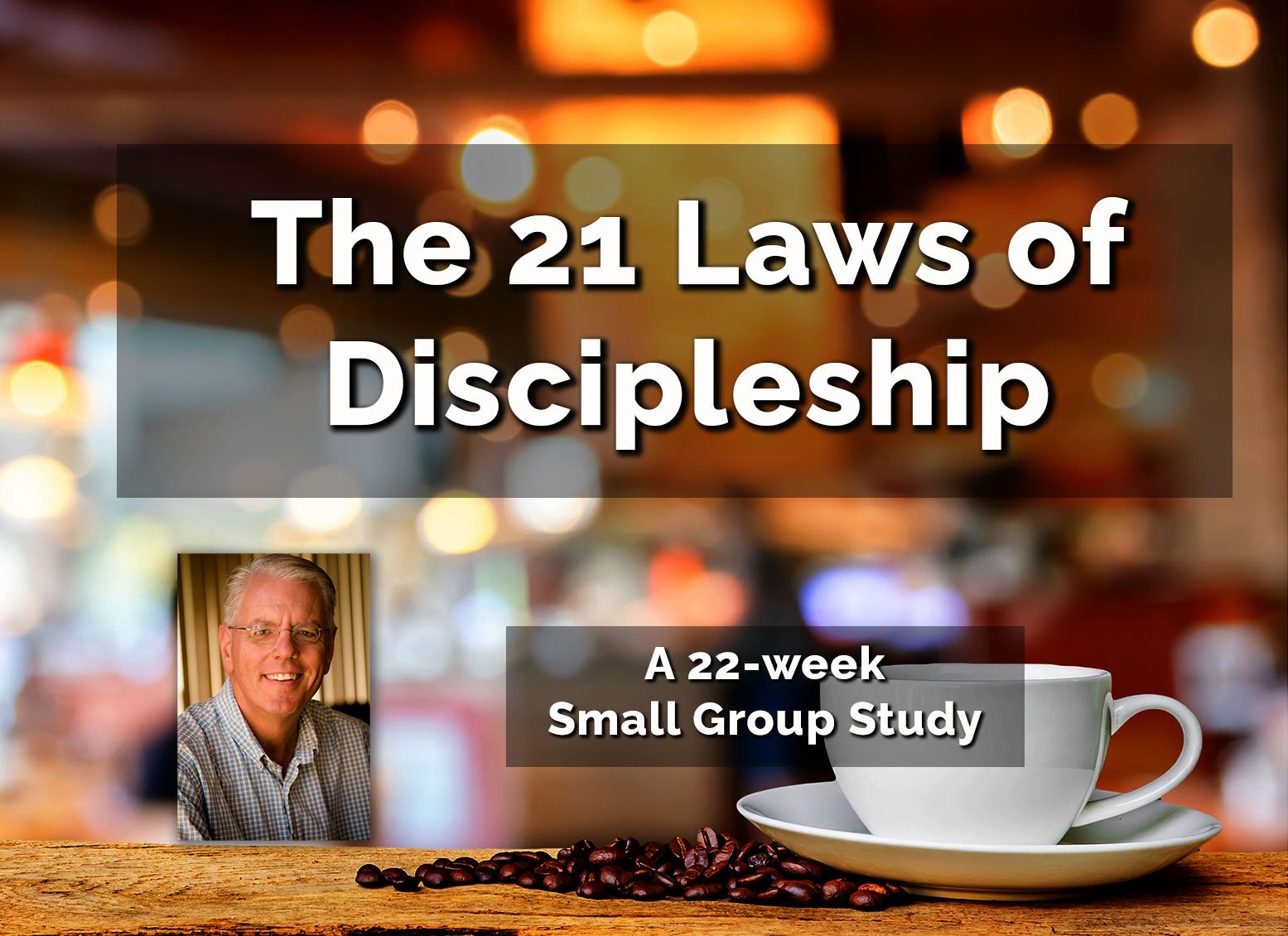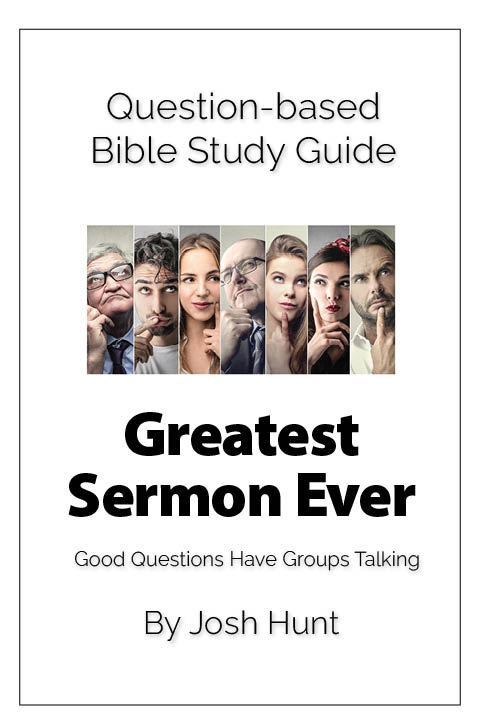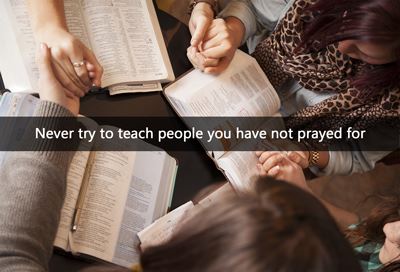The terms “Major Prophets” and “Minor Prophets” are simply a way to divide the Old Testament prophetic books. The Major Prophets are Isaiah, Jeremiah, Lamentations, Ezekiel, and Daniel. The Minor Prophets are Hosea, Joel, Amos, Obadiah, Jonah, Micah, Nahum, Habakkuk, Zephaniah, Haggai, Zechariah, and Malachi. The Major Prophets are described as “major” because their books are longer and the content is considered more important. The Minor Prophets are described as “minor” because their books are shorter (although Hosea and Zechariah are almost as long as Daniel) and the content is considered less important. That does not mean the Minor Prophets are any less inspired than the Major Prophets. It is simply a matter of God choosing to reveal more to the Major Prophets than He did to the Minor Prophets. Both the Major and Minor Prophets are usually among the least popular books of the Bible for Christians to read. This is understandable with the often unusual prophetic language and the seemingly constant warnings and condemnations recorded in the prophecies. Still, there is much valuable content to be studied in the Major and Minor Prophets. We read of Christ’s birth in Isaiah and Micah. We learn of Christ’s atoning sacrifice in Isaiah. We read of Christ’s return in Ezekiel, Daniel, and Zechariah. We learn of God’s holiness, wrath, grace, and mercy in all of the Major and Minor Prophets. For that, they are most worthy of our attention and study. Got Questions Ministries, Got Questions? Bible Questions Answered (Bellingham, WA: Logos Bible Software, 2002–2013). If you are wanting to do a particular passage or book study and can't find it, feel free to email me at josh@joshhunt.com21 Laws of Discipleship -- the book -- |


















